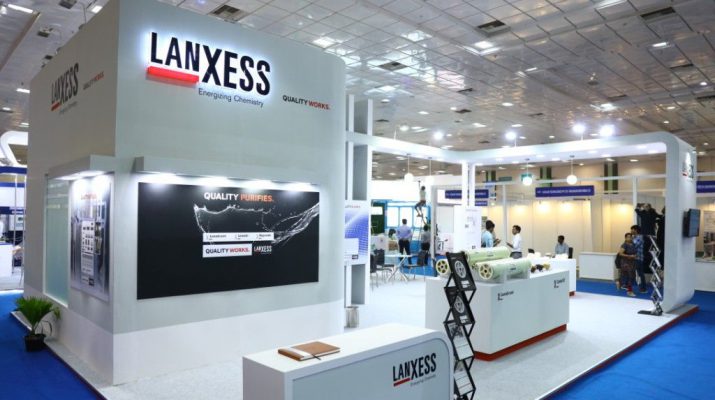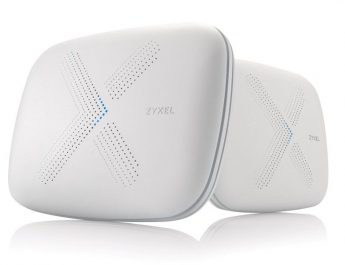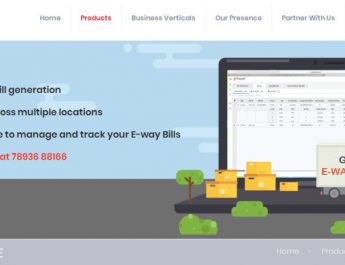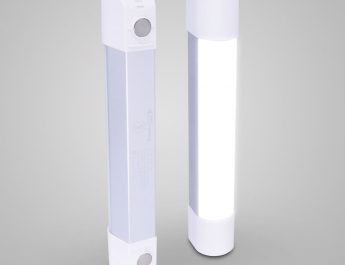The LANXESS booth at this year’s Water Today’s Water Expo (February 8 to 10, 2018) focuses on the company’s integrated expertise and longstanding experience in water treatment. The specialty chemicals company offers Lewatit brand ion exchange resins, Lewabrane membrane elements for reverse osmosis and Bayoxide iron oxide adsorbers.
“Membrane technology and ion exchange complement each other perfectly and are used by many of our customers in tandem. At Water Expo, we will showcase our expertise as an experienced one-stop supplier for all water treatment requirements in the growing Indian water market,” says Mr. Prakash Shanmugam, GM & Head of Business Unit – Liquid Purification Technologies (LPT) in India. One well-known example is the efficient purification of feedwater for water/steam cycles in power plants. Further groundbreaking examples are also becoming increasingly important, such as the effluent-free treatment of dye mill wastewater (zero liquid discharge) or the removal of critical organic pollutants (micropollutants) in wastewater treatment.
A number of new developments
 LANXESS addresses the current challenges in water treatment with a range of new developments. These include energy-efficient membrane elements from the Lewabrane RO ULP line (Reverse Osmosis – Ultra Low Pressure), Lewatit NM 3367 mixed bed ion exchange resin for desalination and Lewatit TP 107 selective ion exchange resin with high Cr(VI) binding capacity. LewaPlus design software now features a module for innovative reverse osmosis technology.
LANXESS addresses the current challenges in water treatment with a range of new developments. These include energy-efficient membrane elements from the Lewabrane RO ULP line (Reverse Osmosis – Ultra Low Pressure), Lewatit NM 3367 mixed bed ion exchange resin for desalination and Lewatit TP 107 selective ion exchange resin with high Cr(VI) binding capacity. LewaPlus design software now features a module for innovative reverse osmosis technology.
“As a globally leading supplier of products and solutions for water treatment and purification, we support our customers in managing scarce water resources efficiently and sustainably. Our products meet the highest international production and quality standards,” adds Prakash.
Energy efficiency trumps all
New to the LANXESS booth are the membrane elements from the Lewabrane RO ULP line, which are equally suited to treating drinking water and wastewater. They are designed for a test pressure of just 7.6 bar, meaning the pressure vessel can operate at 40 percent lower operating pressure, resulting in lower energy and operating costs compared to standard elements. Due to its higher water permeability and corresponding high flow rates, investment costs can also be lowered at the same time.
The ULP membrane elements are set apart by a highly hydrophilic membrane surface and uniform membrane overflow as a result of the alternating strand design (ASD) feed spacers. Both factors serve to reduce organic fouling, further reducing operating costs, as fewer cleaning chemicals are required and cleaning intervals can be extended.
The new membrane elements are produced at the Bitterfeld site, where LANXESS doubled its membrane capacity in mid-2017 in response to growing demand.
Selective and efficient removal of chromium(VI)
The new, selective Lewatit TP 107 ion exchange resin was developed specifically for municipal drinking water treatment facilities and is certified to NSF/ANSI standard 61. Lewatit TP 107 also offers key advantages in the industrial sector, such as for wastewater treatment in the leather and electroplating industries. The regenerableadsorber resin (multiple-use) demonstrates extraordinarily good chromate adsorption kinetics at high specific flow rates, thus significantly reducing the resin requirements. Compared to traditional strong base anion exchange resins, the capacity for chromium(VI) is increased by a factor of up to 2.5. Hazardous chromate is efficiently removed from wastewater with up to 100 ppm Cr(VI) as well as at very low concentrations in the ppb range, thus meeting all current regulatory requirements. Lewatit TP 107 demonstrates a high tolerance for other constituents found in water, such as sulfates. Operating costs remain attractive because the resins require fairly infrequent regeneration, thereby significantly reducing the consumption of regeneration chemicals. Following reduction, which produces harmless chromium(III), the regenerating solutions can be treated easily and safely.
Water desalination in heating installations
LANXESS developed the Lewatit NM 3367 mixed bed ion exchange resin for desalinating filling and top up water in modern water heating installations. Its particular mix ratio allows for a long operating life and highly efficient desalination. The exchange system owes its high level of efficiency to a special process for reversing the charge of the anion exchange resin used, resulting in a hydroxide ion charge of over 90 percent. With this customized mixed bed system, not only can one prevent scale formation in the water-bearing parts of a heating system, but also able to avoid corrosion in the long term. This cannot be achieved through softening alone.
Gas-tight filling of ion exchangers in Jhagadia
LANXESS has built a new filling plant for ion exchange resins in Jhagadia, India. It processes special, vacuum-sealed gas-tight bags, similar to coffee packaging. This is advantageous particularly for longer storage of highly regenerated anion exchange resins or the corresponding mixed bed filters, as it prevents pre-loading with carbon dioxide.
The new plant can also fill bags of just 12.5 liters. In this way, LANXESS offers a handy, small container especially for customers who would like to fill smaller exchange cartridges on site, for instance using Lewatit NM 3367 for heating systems.
LewaPlus now also available for CCRO systems
New functionalities have once again been added to the LANXESS proprietary simulation and design software LewaPlus, which can be used for reverse osmosis (RO) as well as for ion exchange (IX) processes or any combination of the two. A new module introduced allows the users to model systems equipped with closed circuit reverse osmosis (CCRO) technology from Desalitech, and was developed in cooperation with the company from Newton, Massachusetts. Using this software, system planners can also design RO systems based on this innovative technology. This can contribute to further improving the environmental footprint of water treatment. The existing performance algorithms and computer-based processes, CCRO module allows to quickly and precisely design RO systems that are optimally calibrated to Lewabrane elements.
LANXESS offers a comprehensive range of ion exchange resins and membrane elements tailored specifically to the above-mentioned applications and other uses. Detailed information can be found online at http://lpt.lanxess.com/en/




